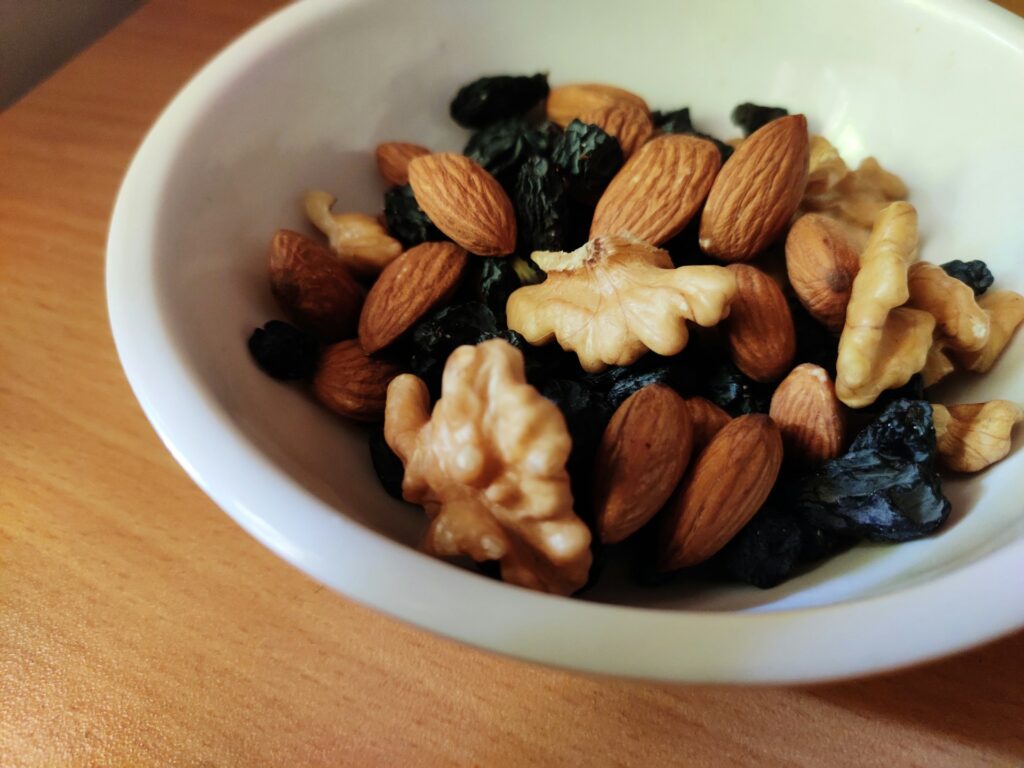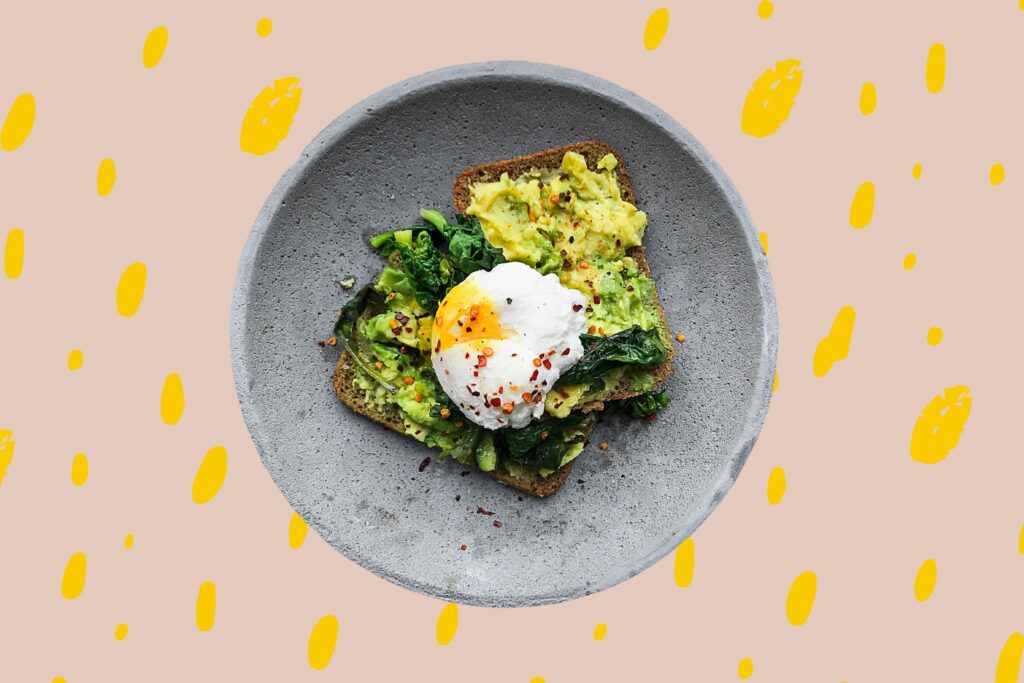The big dates seem to come thick and fast at this time of year, don’t you think? No sooner have the pumpkins decomposed and the Halloween hangovers cleared up does Bonfire Night spark into life.
Not long after the embers have burnt out on that bonfire, and you’re giving thanks to the delicious pumpkin pie that’s just landed on the dinner table.
Just a day later, many will be celebrating Black Friday and looking forward to Cyber Monday with similar vigour, showing their gratitude to quick internet connections, burning effigies of the lucky so-and-so who bagged the last discounted iPhone 15, and hoping the final price drop yields more treats than tricks.
Speaking of tricks, this year, as with every year, online shopping experts and bargain hunters have been discussing the best tricks to employ to beat those queues and snag those discounts. We’re here to add to the noise; here’s how to bag the best bargains on Black Friday 2024.
Set Price Alerts
A common misconception of Black Friday bargain hunting is that you, the shopper, have to be up at the stroke of midnight if you’re to snag any deals, refreshing pages in an increasingly fervent fashion.
9:00 am on Glastonbury ticket day, this ain’t. Instead, let your phone do the hard work for you and set alerts on price drops on any products that you’re coveting across a range of retailers and dedicated Black Friday price comparison websites, whether you’re seeking air fryer deals, smartphone steals, jacket discounts or laptop price reductions.

Keep An Eye On The Days Preceding Black Friday
Gone are the days when Black Friday was a single-day shopping extravaganza. Nowadays, savvy retailers begin their discounting well before the official date, often launching what they call ‘Black Friday Week’ or even ‘Black Friday Month’.
It doesn’t take much detective work to know a sale event is imminent. Many shops start rolling out their deals as early as mid-November, creating a prolonged period of promotional pricing that smart shoppers can take advantage of.
This early-bird approach isn’t just marketing fluff—it’s actually a brilliant opportunity for bargain hunters. By monitoring prices in the lead-up to Black Friday proper, you can:
- Spot ‘pre-Black Friday’ deals that might actually be better than the day itself
- Avoid the intense competition of Black Friday when websites crash and stock sells out
- Compare prices more carefully without the pressure of time-limited deals
- Take advantage of price-matching guarantees that some retailers offer
- Build a strategic shopping list based on which retailers are discounting what and when
Keep in mind that some retailers deliberately stagger their best deals across different days to maintain interest throughout the period. John Lewis, for instance, might offer their best television deals early in the week, while Currys might save their top computing bargains for closer to the day itself.
Beware Fake Deals
Don’t just assume that just because a website is boasting about a ‘massive price reduction’ or ‘50% off’ that you’re getting a genuinely good discount.
More often than not, these bold claims can be misleading; in fact, supermarkets and electronics retailers are routinely chastised by the Competition and Markets Authority for doing this. For example, a consumer report by Which in 2019, as revealed by the Guardian, found that ‘’UK supermarkets had continued to flout the rules by offering deals that do not necessarily constitute a legitimate saving.”
A common ruse is when retailers increase prices on products by, say, 10%, only to then lower them by, say, 5%. This way they create a false impression of a sale.
It’s essential, then, that you’re cautious about fake deals and discounts that aren’t actually a discount at all. Moreover, only buy products from trusted retailers as some less scrupulous retailers may try to sell counterfeit products – if the price seems to good to be true, it probably is.
Compare Prices Not Only Across Retailers But Also Historically
The best way to exercise that caution is to compare prices across a number of retailers, Black Friday price trackers and dedicated Black Friday price comparison websites. By doing so, you’ll have a visual way of checking prices across the board and assessing discrepancies, both positive and negative, to truly identify the best deals out there.
Prioritise price comparison platforms that let you check the price history of a product, giving you a good indication of whether or not the discount you’re being offered is genuinely good value.

Discount Codes
Whilst Black Friday deals might seem impressive on their own, combining them with discount codes can lead to truly remarkable savings. These magical combinations of letters and numbers can slash prices even further, but you need to know where to look and how to use them effectively.
The first step is finding reliable codes. Voucher code sites like Discoup.com provide valid and tested codes, saving you the frustration of trying expired or invalid discounts. With verified codes in hand, here’s how to maximise your savings:
- Stack your savings: Many retailers allow you to use discount codes on top of Black Friday prices. Look for codes that offer additional percentage discounts, free delivery, or bonus loyalty points
- Student discounts: If you’re a student, check if your student discount (like UNiDAYS or Student Beans) can be applied alongside Black Friday reductions
- Newsletter exclusives: Sign up for retailer newsletters well in advance—many shops send exclusive codes to their mailing list subscribers before Black Friday
- Abandon your basket: Add items to your online shopping basket, then leave the site. Many retailers will email you a discount code to encourage you to complete your purchase
- Social media hunting: Follow your favourite brands on social media platforms, particularly Instagram and Facebook, where they often share exclusive codes
- Browser extensions: Install shopping extensions like Honey that automatically search for and apply discount codes at checkout
Remember to check the terms and conditions of each code carefully—some may exclude sale items or have minimum spend requirements. It’s also worth noting that many retailers disable certain discount codes during Black Friday, so always have a backup plan if your preferred code doesn’t work.
Set A Strict Budget & Stick To It
Setting a budget is always crucial when it comes to Black Friday. But this year, when being sensible with your money in the face of tantalising deals is more important than ever, be sure to set a strict budget and stick to it.
It may be tempting when you see what looks like a fantastic deal pop up unexpectedly, but try to avoid impulse buys. Stick to the plan, and give every sudden temptation careful consideration. Do you really need a third TV for your bedroom? Is that new Samsung Galaxy for £7000 really a discount?
Check The Retailer’s Return & Exchange Rules
Especially important if you’re buying Christmas gifts on Black Friday, it’s a good idea to be thorough about reading the terms and conditions of your purchase before you click that ‘buy’ button.
Don’t feel rushed into purchase by any retailers; there might be hidden fees, excessive postage charges, or the lack of a return or exchange option. ‘Don’t sprint; go over the small print’, as they say, ideally with a fine tooth comb, to make sure you’re not paying for more than you bargained for.
Black Tuesday, Black Wednesday, Black Thursday
Remember; some retailers begin advertising their Black Friday well in advance, so make sure you’re signed up to those price alerts that we recommended earlier, as well as signing up to retailer’s social media channels and subscribing to newsletters in order to receive exclusive announcements of price drops and the start of sales.
And with all of that, we wish you the best of luck!






































































